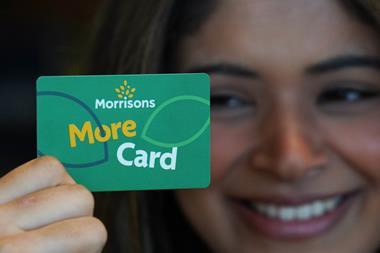
The latest CPIH figures released for November 2023 show a sharper than expected drop in inflation, to just 4.2%. With inflation anticipated to fall further this year, manufacturers are faced with a double-edged sword.
On the one hand, they should benefit as cost of living pressure eases for hard-pressed shoppers, albeit slowly. Grocery products are 27% more expensive now than in 2020, and without wage increases, interest rates and/or taxation reductions to increase real household disposable income, shoppers are still likely to look for ways to make ends meet, with consumption liable to remain soft.
On the other hand, slowing inflation will inevitably lead to a gradual reduction in value sales growth for manufacturers. Assuming no further geopolitical shocks, energy and fuel costs are likely to remain more stable. Consequently, manufacturer price increases will necessarily be more modest in 2024, to avoid volume losses in an ultra-competitive market. As a result, as 2023 price increases are lapped in 2024, value sales growth will flatten.
Of the three value growth pathways for manufacturers – price, mix and volume – Circana’s expectation is that volume will be the primary focus in 2024. With market expansion difficult in the prevailing cost of living climate, winning volume share will be vital to value growth in 2024. Manufacturers are likely to turn to in-store sales promotion as the primary volume share growth driver.
The signals are already there. Total promotional discount value as a percentage of value sales – i.e. percentage giveaway – is on an upward trajectory. Total store percentage giveaway over the last year is 7.4%, marginally up on last year. But just four years ago, prior to the pandemic and cost of living crisis, it stood at 11.2%. Our prediction for 2024 is that as some semblance of normality returns to market conditions in the UK, percentage giveaway will increase as manufacturers look to drive volume share.
However, not all manufacturers can win volume share. There will be winners and losers. The winners will be those manufacturers with efficient promotions that minimise base sales subsidisation, whilst optimising incremental volume. The losers will be those that struggle to get the promotional mix right. Circana’s measure of promotional efficiency shows it isn’t keeping up with the growth in discount levels, meaning some manufacturers are reducing sales value as they increase promotional investment, which could prove a recipe for disaster in 2024.
Off-shelf display is the antidote to this potential disaster, but with the implementation of HFSS legislation, the display location landscape has become increasingly complex and ever more competitive. New in-aisle and gondola end-side locations have emerged, and HFSS legislation has created lobby, gondola-end and checkout location opportunities for other category manufacturers and those with HFSS-compliant products. Those manufacturers that understand promotion efficiency metrics and can optimise display location mix with compelling category stories to reduce gate fees will win big this year.
So, falling inflation is good news for the wider UK cost of living climate, but for fmcg manufacturers navigating the pathways to growth in 2024, things are looking a little more complex.


















No comments yet